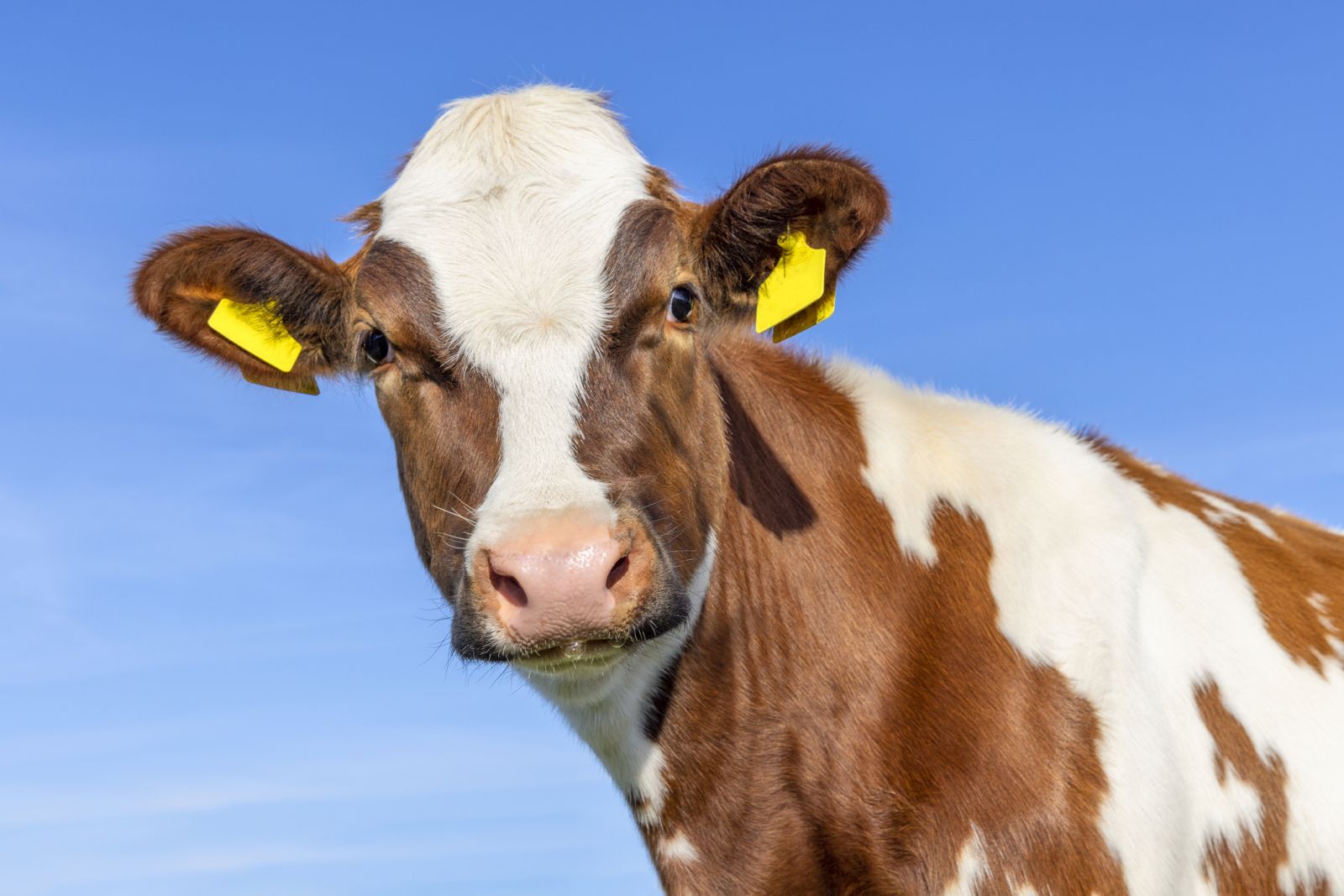Are US Cattle Screwed?

Both live and feeder cattle markets have been in historic long-term uptrends over the past few years.
Much of this has been due to noncommercial traders building substantial long futures positions, most notably in the thinly traded feeder cattle market.
The question now is if real fundamentals will stay bullish enough to offset what looks to be another bearish technical turn.
What a way to start this US holiday shortened week. Mid-morning Tuesday, a good friend in the cattle industry sent me a simple message that read, “New World Screw Worm has been confirmed by USDA in Missouri”. I did a search of the subject and came up with a single headline, “New World screwworm detected in Missouri; USDA initiates emergency response”. Naturally, my next step was to click to read the story. But there was no story. As of this writing there is no story. Yet here we are, a couple hours remaining in the trading day for the Livestock sector, and both cattle markets are being dragged through the proverbial packing plant. All because a headline triggered computer-driven noncommercial selling.
Speaking of which, let’s take a step back from the here and now and pull up last Friday’s CFTC Commitments of Traders (you know which one I’m talking about), for positions as of Tuesday, May 20:

- In live cattle, the latest report showed noncommercial traders held a net-long futures position of 103,416 contracts, a decrease of 7,231 contracts. This included a decrease in long futures by 113 contracts and an increase in short futures of 7,007 contracts.
- For feeder cattle, the report showed noncommercial traders held a net-long futures position of 22,302 contracts. This included an increase in long futures of 1,341 contracts and a decrease in short futures by 77 contracts.

What do these numbers tell us?
- Back to live cattle, the short futures position of 90,635 contracts was the largest it had been since 91,994 contracts the week of June 12, 2018. This position has been building despite real fundamentals of the live cattle market (cash, basis, futures spreads) being bullish, creating a classic Rubber Band Disposition. These situations tend to resolve themselves in favor of fundamentals (as per Market Rule #6: Fundamentals win in the end), but as the Vodka Vacuity tells us, there are no Absolutes in markets.
- In feeder cattle, the long futures position of 43,044 contracts was within sight of its recent all-time record high of 43,512 contracts from the week of March 25, 2025. Additionally, as my friend pointed out, the long futures position in feeder cattle accounted for roughly 56% of total open interest. Back on October 31, 2017, when the noncommercial long futures position was a then record 33,930 contracts it covered 51% of total open interest. Additionally, total open interest in feeder cattle during that same time frame has grown 22%, from 63,490 contracts to 77,440 contracts. The bottom line is more money has been moving into what is basically a niche market made up of numerous independent cash markets.
When a market, any market, gets near record levels it doesn’t take much to spark a round of noncommercial long liquidation or short covering. In this day and age of computerized trade, a headline is usually enough to do the trick. Which is what we see happening Tuesday.

Can we apply some of the other market rules to the cattle markets? I’m glad you asked. Since I came up with the Rules, my answer will always be, “Certainly”.
- Rule #1: Don’t get crossways with the trend. Up until two weeks ago, the intermediate-term trend on August live cattle’s (LEQ25) weekly chart was up. Then came a technical key bearish reversal (for what that’s worth), indicating the intermediate-term trend has turned down. What would drive the market lower? Increased noncommercial selling in the futures market. We see the same reversal pattern on the weekly chart for August feeder cattle (GFQ25) two weeks ago telling us to expect a round of noncommercial long liquidation.
- Rule #4A: A market that can’t go down won’t go down. Both cattle markets have had reason, usually technical but sometimes fundamentals, to finally break down over the past couple years. But they haven’t. Sure, there are days when contracts go lower. A couple weeks ago we saw feeders fall the daily trade limit. But then they come back. Selloffs have uncovered new buying interest. Why? Well, that brings us to…
- Rule #5: It’s the what, not the why. Despite most folks in the industry making up reasons why markets do what they do day in and day out, the reality is we really don’t know. However, we can see the “what”. The combination of daily closes combined with futures spreads tells us which side of the market is doing the buying or selling. That’s all we really need to know. Particularly if we are smart enough to pay attention to our reads on real fundamentals, because as stated above…
- Rule #6: Fundamentals win in the end. As of this writing, real fundamentals for both live cattle and feeder cattle remain bullish. But as my friend also likes to say, there is a lot of month left this week.

On the date of publication, Darin Newsom did not have (either directly or indirectly) positions in any of the securities mentioned in this article. All information and data in this article is solely for informational purposes. For more information please view the Barchart Disclosure Policy here.